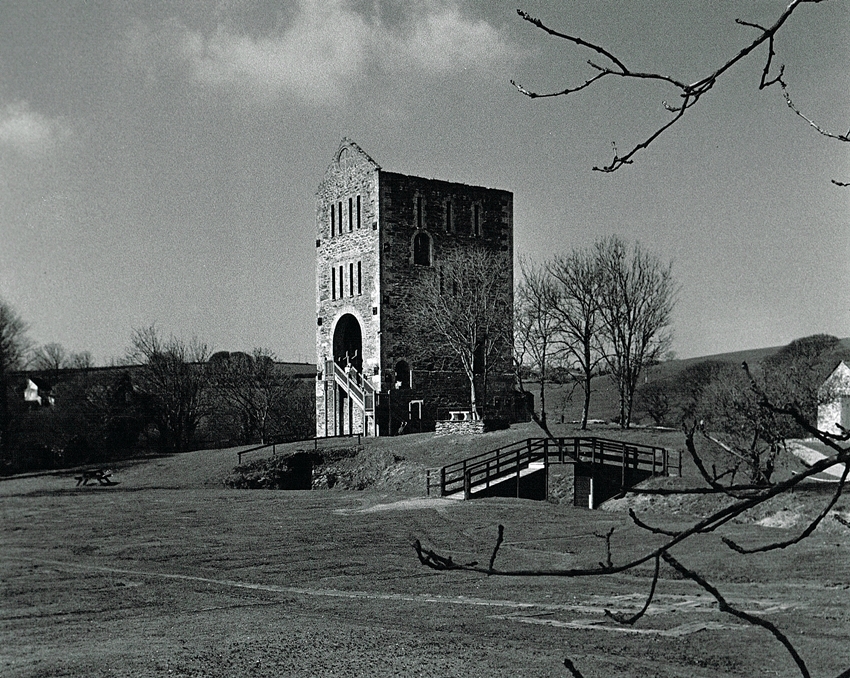The Perranzabuloe Mining District, this area of Cornwall is best known for its Lead and Iron Mines.
On Newlyn Downs bordered on one side by the Carland Cross Wind Farm are the scant remains of Cargoll Mine. Sadly no buildings survive apart from the base of an Engine House. Whilst the whole area is covered by mining waste because very little seems to grow. From 1845 to 1884 the output is recorded to have been: 9,800 tons of Lead, 177,400 oz of Silver along with quantities of Copper and Pyrites.



One of the best survivals in the Perranzabuloe Mining District is West Chiverton. This was the most successful of the Chiverton Group of Mines. During the period from 1859-1886 production totalled 45,100 tons Lead, 22,000 tons Zinc, and 1,221,200 Ounces of Silver.
The impressive Engine House on Batter’s Shaft is unusual in having the cylinder doorway in the side wall. Consequently the stack was centralised in the back wall of the house.


For more images follow this Link: West Chiverton Mine
East Wheal Rose worked from 1834-1855, during this period the mine produced 48,200 tons of Lead, 212,700 Ounces of Silver, 280 tons of Zinc and 160 tons of Copper. During its years of operation the mine was the biggest Lead Silver producer in the UK.

The impressive Engine House on the site once contained a 100″ pumping engine, hence the largest to be erected in Cornwall. Also, the mine was the site of Cornwall’s worst ever mining disaster in 1846. Subsequently 39 miners drowned when a freak rainstorm overwhelmed the engines and flooded the mine.

There was an attempted re-working during 1882, for four years the pumping engines on the mine drained the waters. The output was virtually nothing and a huge amount of money was wasted. Today the engine house is the centre piece of the Lappa Valley Railway.



